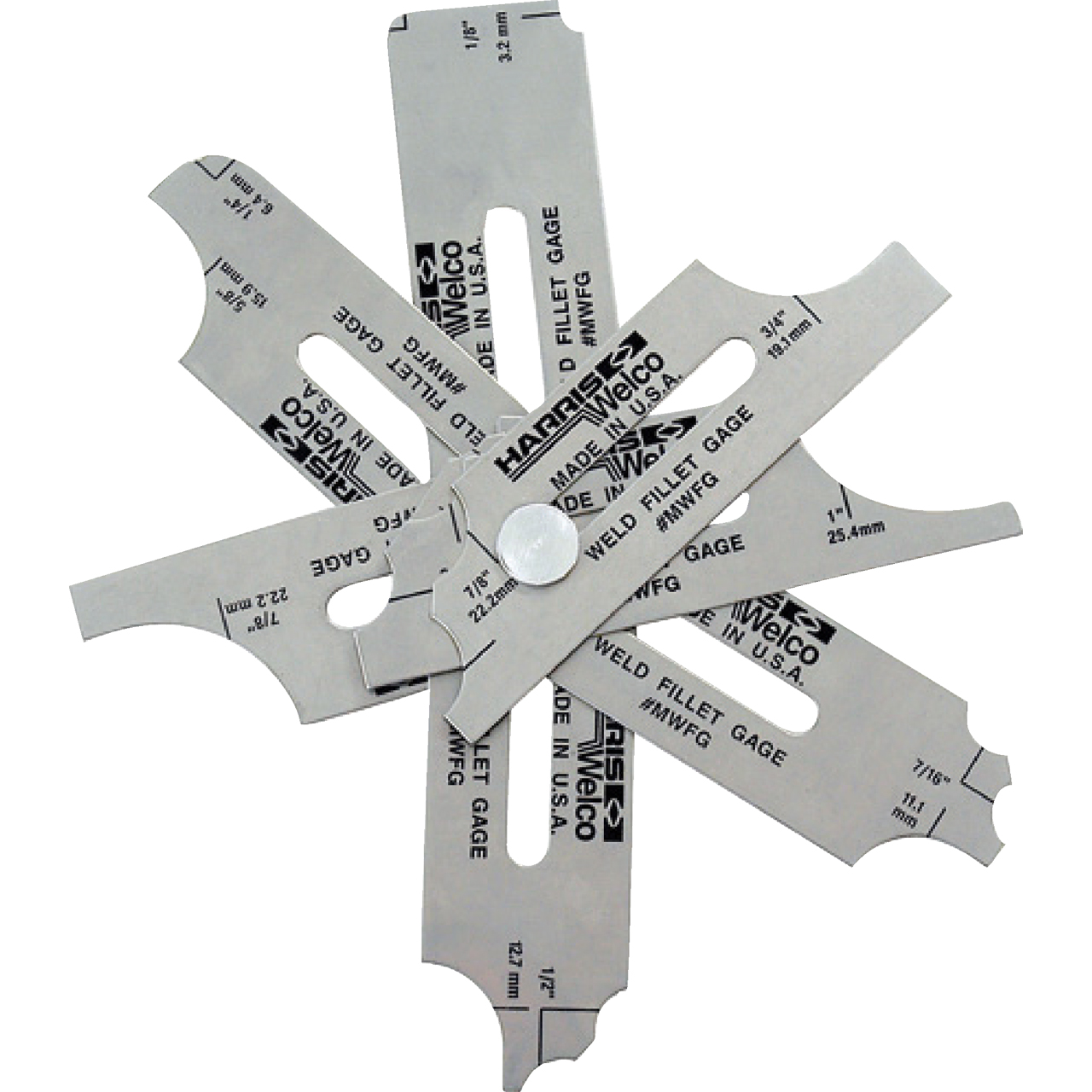Gauge Fillet Weld Fundamentals: Finest Practices and Common Mistakes
Wiki Article
Checking Out the Advantages of Fillet Welding in Fabrication: Economical Solutions for Diverse Industries
In the world of manufacture, the application of fillet welding presents an engaging proposition for markets seeking economical options without compromising structural stability. The benefits of fillet welding expand past mere monetary cost savings to encompass boosted architectural effectiveness, convenience throughout diverse industrial applications, and the guarantee of premium toughness and durability. As we browse through the useful advantages that fillet welding deals, a deeper understanding arises of how this welding method can change fabrication processes across different markets.
Cost-efficient Solution for Fabrication
Fillet welding acts as a cost-efficient service in manufacture processes, offering both efficiency and longevity. This welding method involves signing up with two items of steel at an angle, forming a triangular cross-section. The simpleness of fillet welding makes it a popular selection in numerous markets, consisting of building, vehicle, and manufacturing.
One of the vital benefits of fillet welding is its capability to lower product and labor prices. By utilizing fillet welds rather than various other complicated joint designs, producers can save money on products and manufacturing time. Furthermore, fillet welding calls for marginal prep work compared to various other welding techniques, additionally decreasing construction costs.
Moreover, fillet welds provide excellent structural toughness, guaranteeing the longevity and sturdiness of the fabricated components. The triangular form of the weld disperses anxiety much more equally, decreasing the probability of joint failure (Gauge Fillet Weld). This architectural integrity not only enhances the total top quality of the completed product but also reduces upkeep and fixing expenses in the long run
Enhanced Structural Efficiency With Fillet Welding
Enhancing structural effectiveness through the application of fillet welding techniques is an important aspect of making sure optimum efficiency and durability in fabricated frameworks. Fillet welding plays an essential duty in enhancing architectural effectiveness by properly dispersing lots and anxieties throughout the bonded joints. By producing a smooth change between the linked components, fillet welds assist to boost the overall stamina and stability of the framework.One of the considerable advantages of fillet welding in improving architectural efficiency is its capability to sign up with materials of varying densities. This versatility enables the building of light-weight frameworks without compromising on stamina. In addition, the smooth account of fillet welds reduces tension focus, which can help prevent early failure of the welded joints.
Moreover, fillet welding allows the construction of intricate geometries effortlessly, providing designers with even more flexibility in developing effective and ingenious frameworks. By maximizing the layout and placement of fillet welds, engineers can optimize the architectural efficiency of fabricated components, inevitably causing cost savings and enhanced efficiency in diverse markets.
Versatility in Diverse Industry Applications
With its capability to accommodate a vast array of product densities and geometric intricacies, fillet welding find more information stands as a versatile manufacture method that finds applications across diverse sectors. One key location where fillet welding stands out is in the production field, where it is utilized in the production of heavy machinery, equipment, Go Here and structural components. The vehicle market also gains from fillet welding, utilizing it in the setting up of automobile structures, framework, and various other vital structures. In the construction area, fillet welding plays an essential duty in signing up with steel beams, columns, and various other architectural aspects. Additionally, the aerospace sector counts on fillet welding for the manufacture of airplane components, ensuring strength and durability in essential parts. Furthermore, the oil and gas market makes use of fillet welding in the building and construction of pipelines, platforms, and tank, where the durable welds supply integrity and long life to these frameworks. In general, the convenience of fillet welding makes it a crucial procedure in different sectors, providing cost-effective options for complex manufacture needs.
Superior Strength and Toughness
Fillet welding plays a vital duty in attaining these qualities due to its ability to give considerable strength by distributing loads uniformly across the welded joint. As an outcome, structures fabricated making use of fillet welds display raised toughness and can withstand significant mechanical pressures without jeopardizing their honesty.The exceptional strength and sturdiness used by fillet welding make it a suitable choice for applications in industries such as building, automotive, aerospace, and manufacturing, where architectural integrity is critical. By utilizing fillet welds in fabrication, makers and designers can make certain that their products fulfill strict high quality and safety requirements while optimizing cost-effectiveness and production performance. Basically, the exceptional durability and long life provided by fillet welding make it a favored welding strategy for developing durable and sturdy structures across varied industries.
Practical Benefits of Fillet Welding
Offered the shown superior stamina and durability in welded joints, the functional advantages of fillet welding expand past structural integrity to encompass efficiency and cost-effectiveness in construction procedures. In addition, fillet welding allows for raised efficiency due to its versatility in signing up with different kinds of products, shapes, and densities. On the whole, the functional benefits of fillet welding make it a useful choice for business looking for cost-effective and effective options in construction.Final Thought
In conclusion, fillet welding offers an economical solution for construction, supplying improved structural effectiveness, versatility in diverse sector applications, remarkable stamina, and toughness. The practical benefits of fillet welding make it a favored selection for numerous construction jobs throughout various industries. Its capacity to successfully join products while maintaining structural stability makes it a beneficial technique for guaranteeing top notch and reliable cause welding applications.
Furthermore, fillet welding requires minimal prep work contrasted to various other welding methods, even more lowering fabrication prices.

Offered the shown remarkable strength and longevity in welded joints, the sensible benefits of fillet welding expand beyond architectural integrity to incorporate efficiency and cost-effectiveness in manufacture processes - Gauge Fillet Weld.In final thought, fillet welding offers a cost-effective solution for manufacture, giving enhanced architectural performance, flexibility in varied market applications, superior toughness, and longevity
Report this wiki page